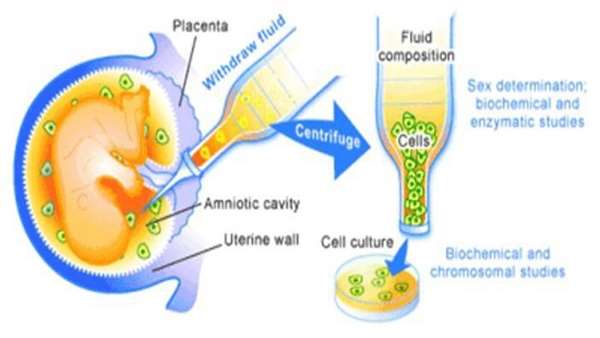Amniotic fluid stem cells ameliorate bladder dysfunction induced by chronic bladder ischemia in rat
This study investigated the protective effect of human amniotic fluid-derived stem cells (hAFSCs) against bladder overactivity in rat model of atherosclerosis-induced chronic bladder ischemia.
Aims
This study investigated the protective effect of human amniotic fluid-derived stem cells (hAFSCs) against bladder overactivity in rat model of atherosclerosis-induced chronic bladder ischemia.
Methods
Adult female Sprague-Dawley rats were divided into six groups: (1) Normal control with a regular diet for 8 weeks, (2) Sham-operation, (3) arterial balloon endothelial injury (AEI) of common iliac artery (AEI only), and post-AEI consecutive hAFSCs treatment for (4) 1 day, (5) 3 days, and (6) 7 days. Groups 2-6 were given 2% cholesterol diet for 8 weeks after operation (sham or AEI). Bladder functions were analyzed by cystometry at 8 weeks in controls and after operation in groups 2-6. Wall morphology of common iliac artery was examined by hematoxylin and eosin stain. Bladder oxidative stress and inflammatory markers were studied by immunohistochemistry of 8-hydroxy-2′-deoxyguanosine (8OHdG), malondialdehyde (MDA), and tumor necrosis factor-alpha (TNF-alpha).
Results
Bladder overactivity with decreased voided volumes and intercontraction intervals and increased residual volumes was seen in AEI only group, but improved after hAFSCs treatment for 1, 3, and 7 days. Compared with controls and shams, the wall thickness of iliac artery was increased in AEI only group, but improved after hAFSCs treatment for 3 and 7 days. The expressions of 8OHdG, MDA, and TNF-alpha were increased in AEI only group, but improved after hAFSCs treatment for 1, 3, and 7 days.
Conclusions
Bladder overactivity caused by chronic bladder ischemia can be improved by hAFSCs treatment, probably by acting through down-regulation of oxidative stress and TNF-alpha expressions.
Nature Reviews Urology 14, 516 (2017); doi:10.1038/nrurol.2017.109





ارسال به دوستان